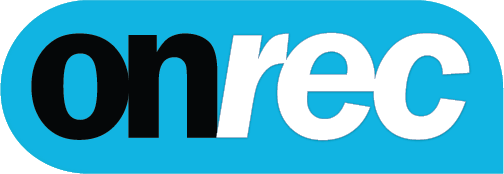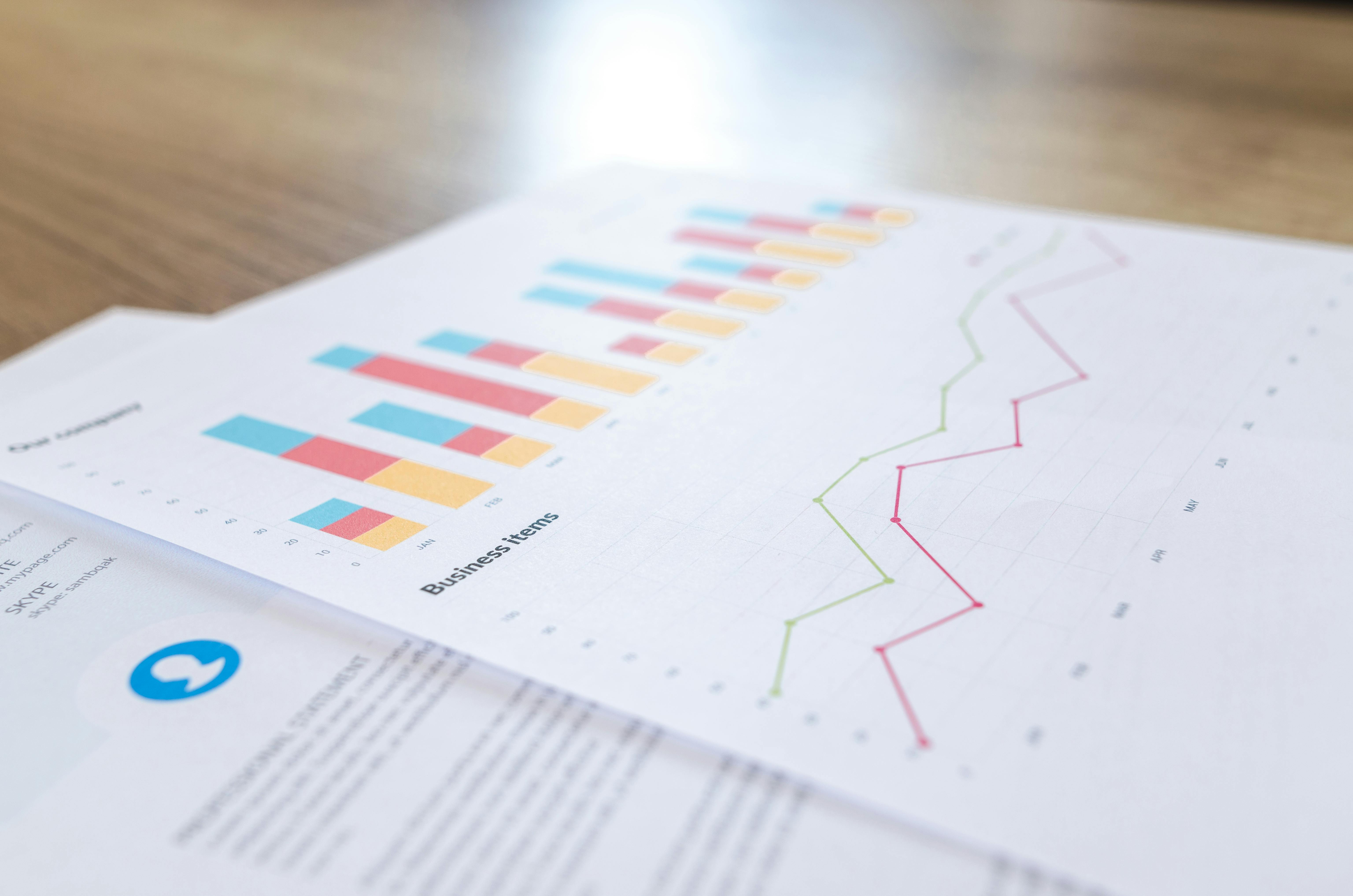There’s something about the sensation of holding something physical - the weight of a printed booklet in your hand, the feel of the paper and the permanence of the ink that, for many people, still trumps digital marketing strategies.
Dipping your toe in print, as an industry, can seem as though it’s full of jargon and production quirks, and while this is somewhat the case, once you understand the basics it’s surprisingly straightforward. Plus, when you connect a print strategy with digital efforts, it has the potential to become one of the most powerful tools in modern marketing.
This guide takes you through how to use print effectively today: how to choose the right materials, link your offline and online campaigns, and get the kind of results you can measure, not just admire.
Print Still Carries Weight in Your Marketing Mix
Despite advancements in technology, the truth is that print holds people’s attention in a way screens rarely do. Research from JICMAIL shows that a piece of addressed mail gets over two minutes of active attention spread across nearly a month. Compare that to the few fleeting seconds an online ad enjoys.
Even better, print doesn’t just sit on the kitchen table - it drives action. Roughly six per cent of mail prompts a purchase, and nearly half of those happen online. In other words, print starts the journey; digital finishes it.
Landmark neuromarketing research by Canada Post found that physical media required less cognitive effort, generated higher recall, and was more motivating than comparable digital ads. Subsequent studies have echoed these results, showing that print materials elicit stronger emotional responses and deeper brand connections. The tactile experience of touch and texture continues to activate emotional and memory-related regions of the brain, helping audiences engage more meaningfully with the brands in front of them.
With so much focus and drive being placed on social media virality, it’s easy to think of print as being an outdated form of marketing. Instead, see it as your high-attention, high-trust channel; the piece of your marketing mix that endures long after the browser tabs have closed.
Paper and Finish That Tells Your Story
Let’s decode some of the technical terms involved in print, starting with the choices around paper stock and finish. These two factors say as much about your brand as your copy does, and each texture, sheen, and weight tells its own story.
- Silk or satin – smooth, balanced and professional. The go-to for brochures and corporate collateral.
- Gloss – shiny, vibrant, and rich in contrast — ideal for photography and bold visuals.
- Uncoated – softer to the touch with muted colours; perfect when you want an editorial or crafted feel.
- Recycled or textured – a little rougher, a little earthier. It shouts authenticity and sustainability without trying too hard.
Paper weight (gsm) matters too. Inner pages typically sit around 130–170 gsm, while covers start at 250 gsm and upwards. Heavier paper feels luxurious but also costs more to post, so strike a balance between impact and practicality.
Lamination adds protection and polish.
- A matt laminate gives a subtle, refined finish that resists glare.
- Gloss lamination amplifies vibrancy and colour depth.
If you’re unsure, silk paper with a matt laminate is a timeless combination that rarely disappoints.
If you care about your environmental footprint (and you should), specify FSC-certified or recycled stock. A responsible print choice says as much about your brand values as your tagline does.
Formats, Binding and First Impressions
Format and binding don’t just hold your pages together - they shape how your content is experienced.
- Saddle-stitched (stapled): economical and tidy, ideal for brochures up to around 60 pages.
- Perfect bound: that squared-off spine gives a polished, premium look — think magazines or high-end catalogues.
- Wiro or coil bound: practical, lays flat — great for workbooks and manuals.
- Case bound: your hardback option. Luxurious but expensive, best saved for prestige pieces.
Whichever you choose, plan for it early. Perfect and wiro binding need a bit of extra breathing room — around 12–20 mm on the inner edge — so text doesn’t vanish into the spine.
Making Offline Work Online
Print doesn’t have to live in isolation, and when done right, it can act as the bridge to your digital world.
QR codes are still the simplest way to connect the two. A quick scan takes readers directly to your landing page, video, or offer - but give each campaign its own code, so you can track who engaged and where. For audiences less QR-friendly, include a short, memorable URL or even a personalised link.
Then there’s tech with a bit more flair - NFC chips and augmented reality. These can trigger animations, demos, or interactive content, but it’s important to remember to use them to add value, rather than as a flashy gimmick.
Whatever route you choose, always design for mobile first. Most scans will happen on a phone, so keep the page light, fast, and instantly actionable. Ensure your online creative feels visually connected to your printed piece.
7 Design Tips To Keep In Mind
- One purpose per page. Don’t overcrowd; give your reader one clear next step.
- Create hierarchy. Let size, contrast, and space lead the eye naturally.
- Make it readable. Body text between 9–11 pt, headlines bold enough to be seen at arm’s length.
- Lead with value. State the benefit before the brand.
- Make response effortless. Combine QR, short URL, and a clear reason to act.
- Keep it consistent. Match tone and visuals across print and digital.
- Add trust cues. Logos, credentials, even a small “Printed responsibly” note — these build credibility.
More Technical Things To Know
Knowing a little print terminology can save you from costly surprises.
|
Step |
What to Remember |
|
Size |
A4 and A5 are standard in the UK; 8.5"×11" and 5.5"×8.5" are common in the US. |
|
Bleed |
Extend backgrounds 3 mm beyond the trim edge so small cutting shifts don’t leave white borders. |
|
Safe area |
Keep vital content 5 mm inside the trim (and 12–20 mm on spine edges). |
|
Colour |
Work in CMYK, not RGB. Colours shift otherwise. |
|
Profiles |
Ask designers to use ISO Coated v2 or SWOP v2 for consistency. |
|
Resolution |
Images at 300 dpi minimum — lower will look fuzzy in print. |
|
Files |
Export as PDF/X-1a, unless your printer asks for something else. |
|
Proofing |
Always check a printed proof before large runs. Screens lie. |
These little checks save time, money, and stress — and they show your printer you know what you’re doing.
Examples Worth Borrowing
Here are a few tried-and-tested print builds:
- A5 stapled brochure – 20 pages on 100 gsm silk with a 170 gsm matt-laminated cover. Perfect for event programmes or mini catalogues.
- A4 perfect-bound magazine – 40 pages, silk inner pages, gloss-laminated cover. Premium feel, ideal for storytelling.
- A5 wiro-bound manual – 24 pages on recycled stock. Durable, practical, and environmentally sound.
Think of these as blueprints. Adjust the specs to fit your budget, but use them as reliable starting points.
Campaign Playbooks
|
Goal |
Print Format |
Digital Bridge |
What to Measure |
|
Brand storytelling |
Perfect-bound A4 brochure on silk with matt lamination |
QR linking to brand film or interactive case studies |
Dwell time, brand recall |
|
Lead generation |
DL self-mailer or postcard |
Unique QR per audience leading to an offer page |
Scan-to-lead rate, CPL |
|
Customer retention |
Welcome kit or handbook, wiro-bound on recycled stock |
QR to tutorials or loyalty hub |
Activation rate, repeat purchase |
Sustainability In Print
Sustainability is at the forefront of business discussions nowadays, so try to choose FSC or recycled papers, print with vegetable-based inks and keep your formats efficient to reduce waste. A small note like “Printed responsibly by…” quietly signals that you’re on top of your footprints.
Bringing It All Together
There’s no magic to print. With online printers, transparent pricing, and easy file templates, you no longer need to rely on a specialist to manage it for you.
When you understand how paper weight affects perception, how a well-placed QR bridges offline to online, and how colour accuracy shapes your brand feel - you move from simply producing print to using it strategically.
Print gives your message a physical presence in an increasingly digital world. It slows people down, invites touch, and makes what you say feel that little bit more real. Done well, it doesn’t compete with digital, but rather completes the loop.






